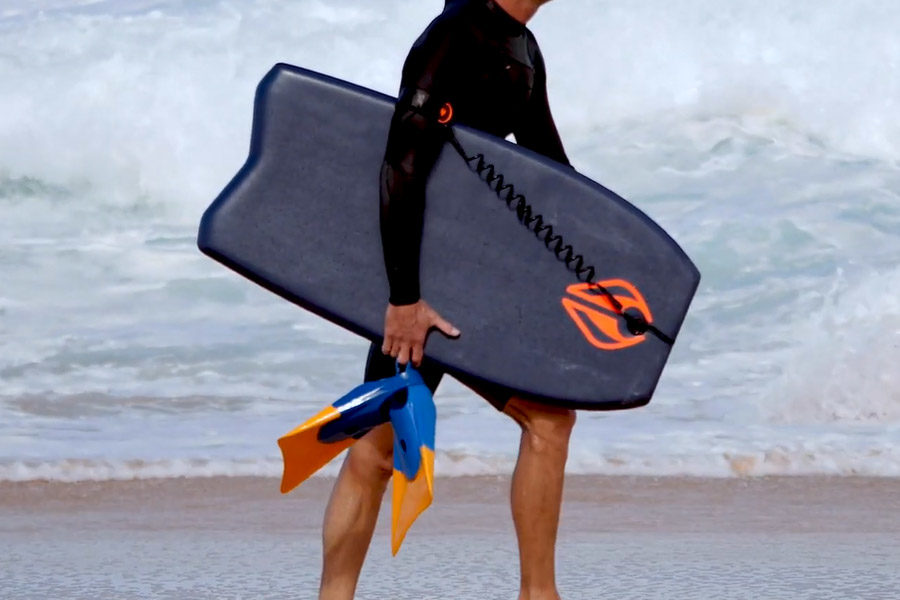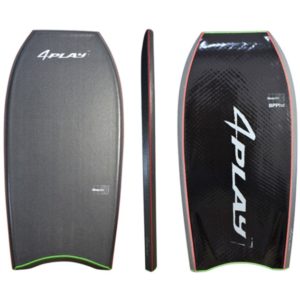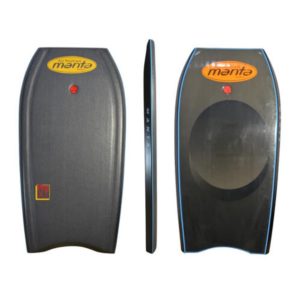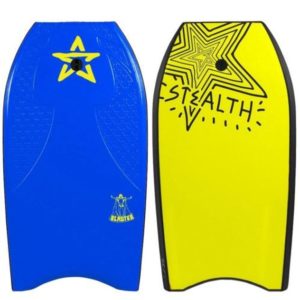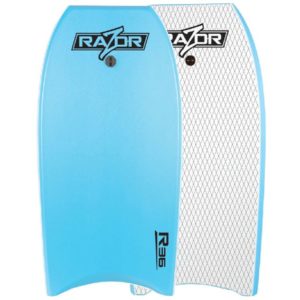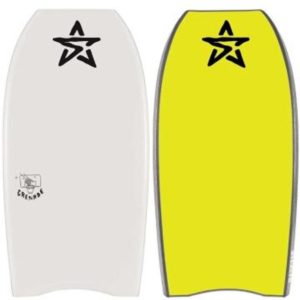Boogie boarding is a great way to have fun and get a workout at the same time. It’s also a great way to improve your surfing skills.
Bodyboards are a type of surfboard that is designed to be ridden in waves on the shore. They are generally shorter and wider than traditional surfboards, making them more manoeuvrable in the water. They also have a concave bottom that helps them ride on the waves more easily.
The main advantage of bodyboards is that they are easier to ride in waves. This makes them ideal for beginners and those who are new to surfing. They are also less expensive than traditional surfboards, making them a good option for those on a budget.
There are many different types of boards on the market, and each one is designed for a specific purpose. So which one should you buy?
In this blog, we will discuss the different types of bodyboards available and help you choose the right one for your needs. We will also provide a buying guide to help you purchase your first board with confidence. Let’s get started!
Table of Contents
How to choose the Best Bodyboard?
When choosing the best bodyboard, there are a few factors you need to take into consideration. The first is the type of waves you’ll be riding. Bodyboards designed for big waves are usually wider and have more buoyancy, while those designed for smaller waves are narrower and have less buoyancy.
If you are a beginner, you will want to choose a bodyboard that is smaller and lighter. This will help you to catch waves easier. If you are surfing in bigger waves, you will want to choose a board that is heavier and more durable.
The next factor to consider is your weight and height. A bodyboard that’s too small or too large for you will be difficult to control and could result in injuries. Finally, consider your budget and whether you want a basic or more advanced model.
What are Bodyboard Dimensions?
Size dimensions can vary depending on the type of board you’re looking at. Although most bodyboards are similar in size, there’s still a large variety to choose from. Standard length ranges between 5 to 7 feet and widths will generally be around 16 inches. Larger boards that are 9 feet long and 18 inches wide are also available for advanced riders.
And if you’re looking for a smaller, children’s bodyboard, they typically fall in the 3 to 4-foot range and only have a width of 11 inches. These boards are great for teaching younger surfers how to get up on their feet and balance properly before heading out into the line-up.
What are the main types of core for a Bodyboard?
The three most common types of cores used in bodyboards are EPS (expanded polystyrene), PE (polyethene), and PP (polypropylene).
All three types of cores are available in different thicknesses, lengths, and shapes. EPS is used to make bodyboards for children because it is softer than PE or PP and therefore causes less injury when ridden into the sand. The best board will be made of EPS because that material absorbs impact instead of transferring it onto your body.
EPS boards are great for beginners who want a soft, forgiving board that is easy to duck dive. The disadvantages of EPS boards are that they break easily and require filling with foam shims on a regular basis.
PE bodyboards compress as you ride over waves and absorb more impact than the other materials mentioned above. They do not need shims to maintain their shape and last much longer than EPS boards. However, they do require more effort to duck-dive because the board is stiffer, plus if you ride into sharp rocks with a PE board it will probably damage or puncture your board.
PP boards are made of durable plastic that does not break on impact; they are quite stiff to duck-dive but offer the most support of any board. You will not have to worry about your neck or head hitting the board as it rides over waves and you will be able to ride the wave much further than on a PE or EPS board. The disadvantages of PP boards are that they do not absorb impact and can cause injury if they hit you. Also, the pliable plastic board will fold over on itself as it hits a wave and may turn into a lever that flips your body or twists your neck.
Best Inflatable Paddle Boards in NZ
The Best Boogie Boards NZ
1. Play Bodyboards 2022 Blueprint
The 4 Play Bodyboards 2022 Blueprint is perfect for advanced riders looking for a board that can handle the biggest waves. Made with the highest-grade materials, this board is built to last. The high-density BPPhd core provides maximum support and stability, making it the perfect choice for aggressive moves.
2. Manta 2022 Pro XT PPHD 
If you are looking for a larger, wider bodyboard? The MANTA 2022 PRO XT PPHD is perfect for you! This board is built with a BPP core and 2 x Stringer for extra strength and durability. The Full-Length Thumb Grooves provide a better grip and the Nose and tail internal protection bumpers keep your board looking new longer. The Nose bulbs help you stay on top of the wave and perform better tricks.
3. Stealth Bodyboards Blaster Eps
The Stealth Grenade PE Bodyboard is perfect for beginner and intermediate riders. It has a 2.4lb extruded PE deck for good durability and wave cushion air 8lb PE slick for speed and responsiveness. The HD stringer provides extra strength, while the 2 X S5 stringer ensures a smooth ride. The nose bulbs graduated channels, and crescent tail provides stability and control.
4. Ocean Earth Razor Bodyboard
The Edge and Razor Boogie boards are made with Extruded Polystyrene (EPS) cores. This core is flexible and lightweight, making the boards easy to carry around and manoeuvre. The boards are also highly waterproof and durable, with a Cross-linked PE skin that prevents water absorption.
5. Combat EPS Body Board
The Combat EPS Boogie board is perfect for experienced riders who want a board with the feel of a “Pro Model.” It has 2 X S5 stringers, 50/50 double rails, graduated channels, and a fuse moulded shape for extra durability. The nose and tail are also armoured to protect them from damage.
FAQ’s
What’s the difference between a boogie board and a bodyboard?
Boogie boards and bodyboards are similar in shape and size, but there are some key differences that can affect how they’re used. A boogie board is typically shorter and wider than a bodyboard, making it easier to manoeuvre in choppy water. They also have a softer, more flexible deck that’s made of lightweight foam. Bodyboards, on the other hand, are typically longer and narrower, making them more stable when riding waves. They also have a harder, a more durable deck made form thicker foam.
How do I know what size boogie board to buy?
When shopping for a bodyboard, make sure that it is at least as tall (or longer) than your belly button. Try standing upright with the board held out in front of you and see if its length comes all the way down to just below where knees meet chin.
Can you stand up on a bodyboard?
Standup bodyboarding is a type of surfing that requires special skills because you won’t be using any fin or board. You’ll need the confidence and balance to ride an entire wave without these aids, but if your weight class isn’t too high then it might just work out better for beginners.
